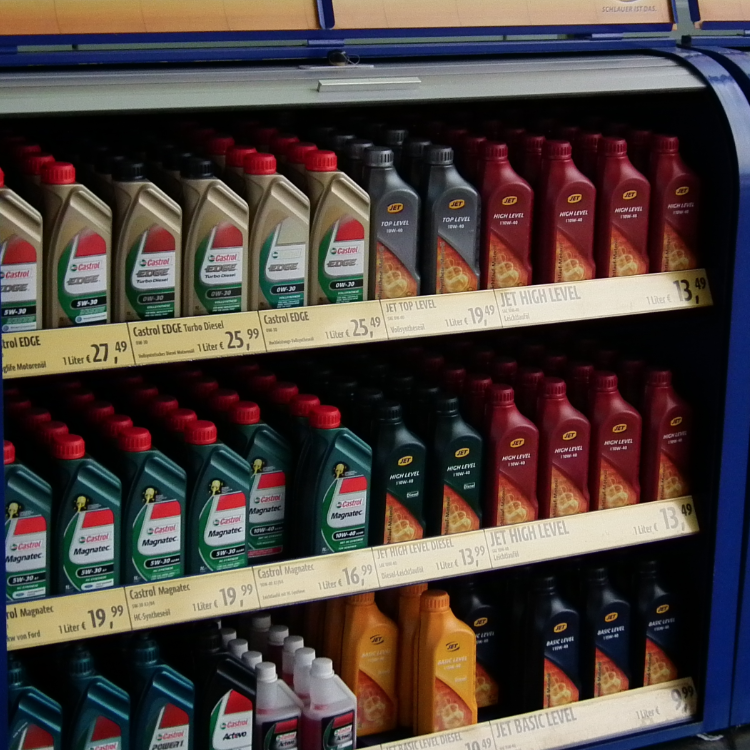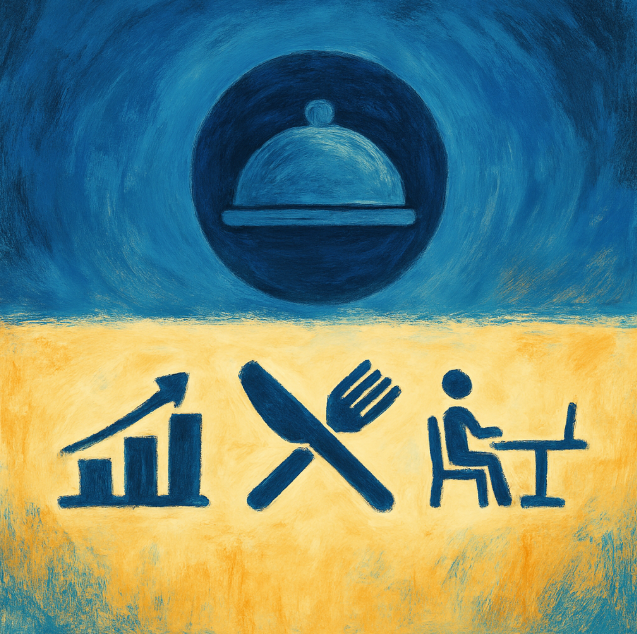Different entrepreneurs have different motivations for starting and running a business. Some do it to escape the monotony of working for a corporate outfit, while others do it to pursue a passion. Whatever the reason an entrepreneur has for pursuing a business, eventually he/she would think of selling the business to realize its full potential. There are several reasons why one would want to sell the business. It could be retirement, absence of succession planning, no legal heir, mental fatigue for the entrepreneur or simply, to cash out for the right offer. In this article, we’ll explore different steps one has to take before putting up a running business for sale.
It’s important for us to first understand what buyers of business look for while purchasing, to better understand what strategies need to be followed while building a business.
What potential acquirers of a business look for -
- USP
A unique selling proposition is very important to have for any business to find a buyer. What’s something special about your company that a buyer can’t find in other business? What’s your secret sauce? - Strong, positive cash flows
Selling a profitable venture in itself is a challenge, but selling a business which is running on a loss is possibly 10X as difficult. Buyers are sceptical when purchasing businesses which are bleeding money at a constant basis as they can’t be too sure how/when the business will become profitable. - Moats
A moat is essentially a reason why competitors can’t eat up your business i.e. a competitive advantage over other companies in the same industry. Buyers always want to reduce their risk when acquiring a company, and having strong moats around your businesses is critical to ensure a good sale. - Less dependence on founder(s)
While all businesses will have a lot of dependence on the founder, buyers are always concerned on the survival of a business post an acquisition, when the entrepreneur is not part of the company anymore. It’s important to ensure that the business can carry on, even in the absence of the founder(s) - Regulatory compliance
There’re too many instances of buyers of companies being hit with retrospective taxes and penalties due to non-compliance of regulatory processes in the past. These instances have made buyers vary and are particular that the business has to be completely compliant to all rules in the industry - Company Culture
Post a take-over, most companies struggle with conflicts of culture between new management/team with the employees in the business. Buyers look for businesses which have a ‘cultural fit’ with themselves
Now that we’ve understood a few important aspects that buyers want, we can move onto strategies that could be followed before putting up your running business for sale
- Building moats and USPs
A moat, as discussed earlier, is nothing but a competitive advantage over others in the same market. Possible moats could be a great recipe that has customers coming back for more (in the restaurant business), or well struck deals with suppliers to keep the price low for customers in retail businesses, or a great team which understands and executes in your market, or filing patents for processes/technology.
It’s important for founders and management to really understand what possible moats could exist for the business before putting it up for sale. - Cash positive businesses
Drive the company towards profitability at all levels – By store, by business division/function, etc. While calculating profits, it’s also important to keep interest payments for capital, depreciation of assets and other factors in mind. Businesses with a high gross and operating margin are of particular interest to buyers (even if the net margins are currently low, as margins will increase once debts are paid back). - Automation of processes and decisions
When you are selling your running business, it’s important to ensure that it can grow (and flourish) without the hands-on involvement of the founder. Work towards automating all processes in your organization to an extent they don’t involve the founder at all.
Another important automation that has to happen is that of decision making – Small businesses are structured such that the business owner is involved in all decisions (big or small). It’s important to put a structure in place which removes this dependency to make the business lucrative for buyers. Having a management layer between the operational elements and the business owner is critical. In general, it’s best to reduce the role of the business owner to 3 main functions –
a) Raise the capital
b) Hire people and take care of building a great culture
c) Set the strategic direction and vision
Anything outside of these functions should be offloaded to management. - Adherence to regulatory formalities
Work with a strong accounting and auditing teams to ensure that all regulatory procedures are updated periodically. Every formality from tax deductions to filing of board meetings have to be done regularly, which helps during the eventual sale of a company.
Having a sound understanding of factors affecting the sale of your business will not only help you run your business successfully, but also make it a very attractive target for buyers looking for running businesses for sale. You can leverage platforms like SMERGERS to sell your running business.








































